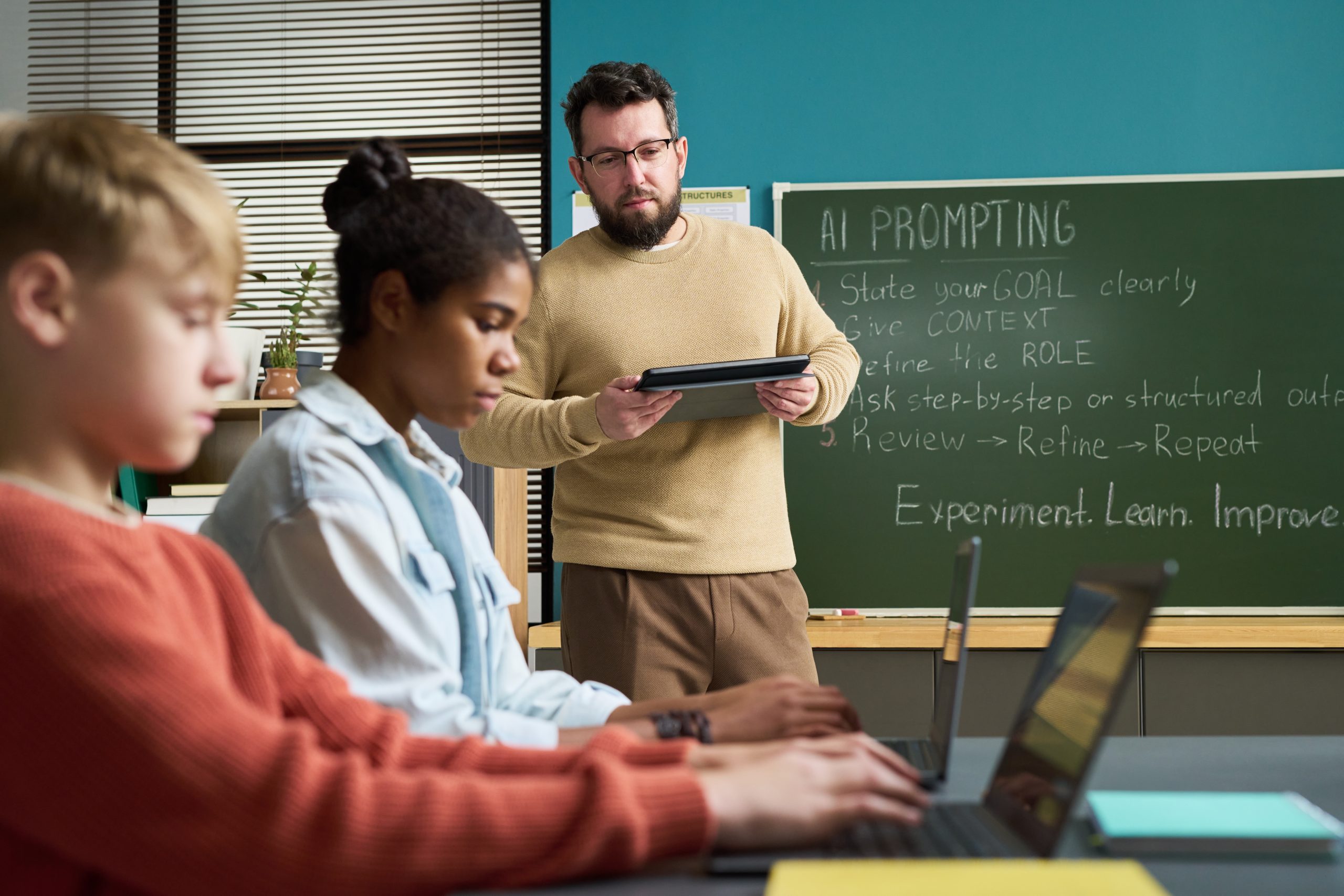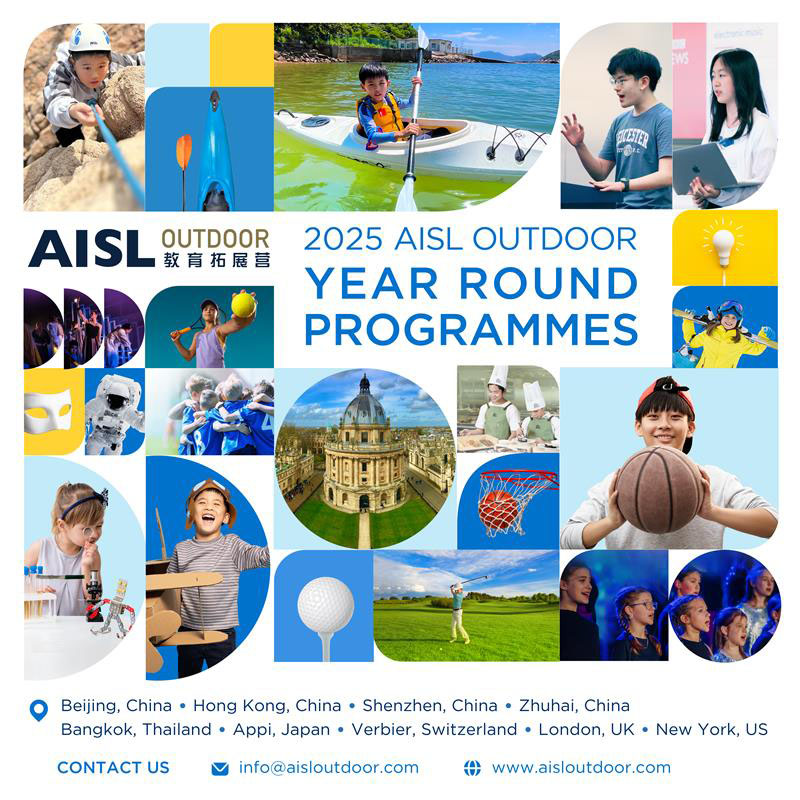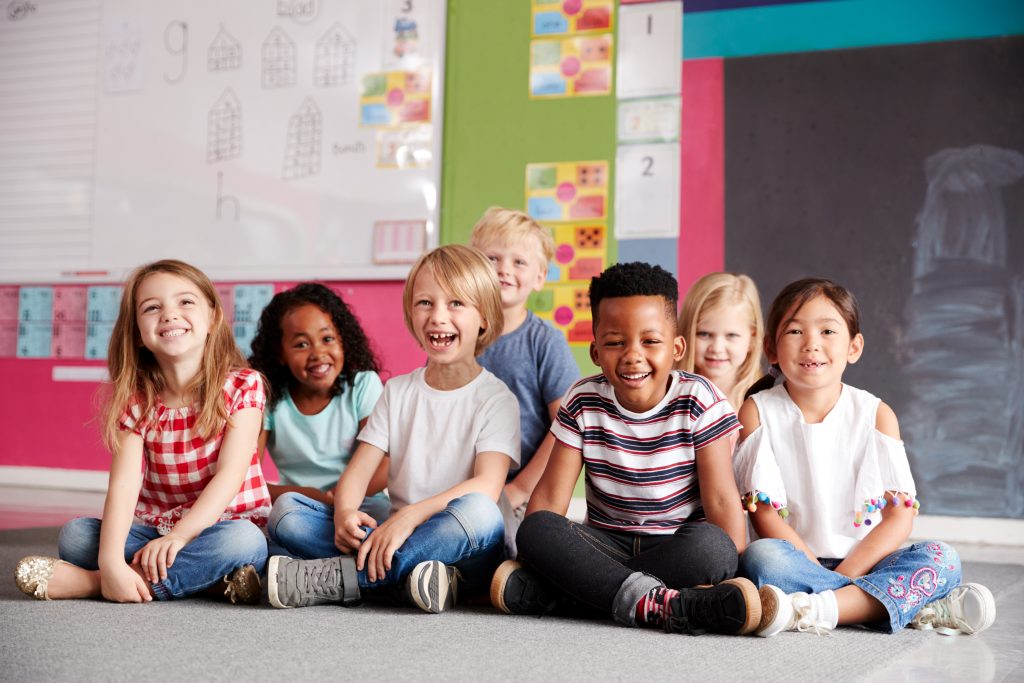A new study from Stanford University’s SCALE Initiative provides a detailed look at how artificial intelligence (AI) is becoming an integral part of K–12 education. The research, conducted in partnership with the AI-powered education platform SchoolAI, analysed the usage patterns of over 9,000 U.S. teachers during the first months of the 2024–25 school year. The findings reveal a growing reliance on AI for classroom tasks, underscoring its potential to transform teaching and learning.
Key Findings
- Teacher Engagement with AI:
- Teachers were grouped into four categories based on their activity:
- Single-Day Users: 16% logged in only once.
- Trial Users: 43% used the platform for 2–7 days.
- Regular Users: 41% engaged consistently for 8–49 days.
- Power Users: 1% logged 50 or more active days.
- Teachers were grouped into four categories based on their activity:
Over 40% of teachers became Regular or Power Users, indicating sustained adoption of AI tools far above industry benchmarks where retention rates often hover around 30%.
- AI Use During Peak Hours:
- Most activity occurred during weekday mornings, reflecting AI’s integration into active teaching schedules rather than after-hours planning.
This highlights the importance of tools that fit seamlessly into teachers’ busiest periods, offering immediate support during classroom hours.
- Popular AI Tools:
- The AI platform being trialled offers three main tools:
- Teacher Productivity Tools: Used for creating lesson plans, quizzes, and resources (37% of usage).
- Teacher Chatbot Assistants: Help with grading, brainstorming, and administrative tasks (27%).
- Student Chatbots: Designed for direct student engagement (23%).
- The AI platform being trialled offers three main tools:
Power Users spent over half their time on teacher-support features, while Regular Users transitioned from primarily using student chatbots to teacher-focused tools by their 15th day.
- Teacher Testimonials:
- Educators report tangible benefits. For example, Larisa Black, an Earth Science teacher, shared that AI-enabled student chatbots allow learners to access personalised help after school while providing her with valuable insights into their challenges.
- School districts like Ottawa Catholic School Board have seen over 4,000 AI-powered “spaces” created for personalised student learning in just five months.

Implications for Schools
The findings suggest that AI is no longer an experimental tool but a practical addition to teachers’ workflows. By reducing administrative burdens and enhancing resource creation, AI allows educators to focus on instruction and student engagement. The study also points to the need for school leaders to address key challenges, including teacher training, ethical guidelines, and data privacy, to maximise AI’s benefits responsibly.
The Path Forward
The SCALE Initiative plans to expand its research, focusing on AI’s direct impact on student learning outcomes. Early results already highlight three critical takeaways for school leaders:
- AI tools must integrate seamlessly into teachers’ routines and provide immediate value.
- The busiest periods, such as weekday mornings, are the ideal time for AI interventions.
- Features that save time and reduce administrative tasks drive deeper adoption.
As more K–12 classrooms embrace AI, the focus will shift from debating its place in education to optimising its role in improving teaching efficiency and student outcomes.
For more details, read the full study here: Stanford Study Reveals AI’s Growing Place in K–12 Classrooms.
Extra-Curriculum STEAM activities that may be of interest:
Get a special discount by quoting code AISLMALL during CHECKOUT.
3Education - 3D Modeling & Printing Course
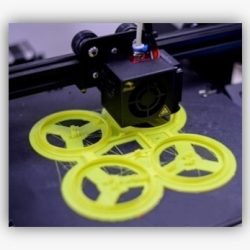
3Education is committed to assisting schools in adapting technology to cultivate self-learning ability for the new generation. We are all here to help teachers in achieving their educational goals. Empowered by 3 Hong Kong’s strongest 5G network, we provide a wide range of teaching and learning solutions to help students develop their strengths.
ActiveKids - Science Adventures & RoboCobo
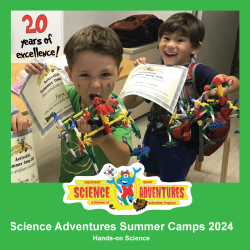
Science Adventures offers hands-on science learning, inspiring curiosity with projects on sustainability and renewable energy. RoboCode teaches kids to build and program robots, developing skills in coding, logic, and engineering. Both camps foster creativity, critical thinking, and innovation in STEAM.
AlGreen - Cell Detective | Microscopic Cell Observation Lab
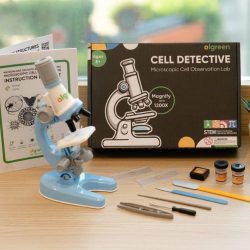
The Cell Detective kitCell Detective kit lets young learners explore cellular biology through hands-on experiments like cell staining and microscopic examination. It enhances observational skills and scientific inquiry, making it ideal for school projects or personal exploration, promoting discovery and fun in learning.
Cobo Academy - Robotics Course (All Levels)
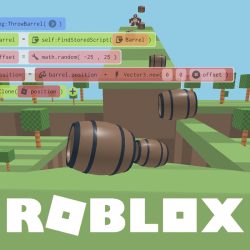
Cobo Academy Robotics Level 1 course introduces students to Lua, the programming language behind Roblox, and teaches 3D modeling basics in Roblox Studio. Students will learn to design their own games, with prior computer knowledge (PC or Mac) being beneficial.
Create and Learn - Scratch Coding Classes For Grade K – 10
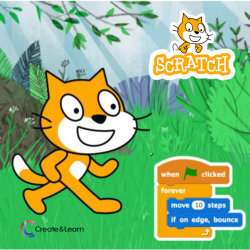
Create & Learn offers interactive online Scratch coding courses for kids, designed to teach problem-solving, creativity, and computational thinking. With a small class size for personalized attention, students can create games, animations, and stories, building a solid foundation for future coding skills.
DTSL - Makeblock Robotics Collection
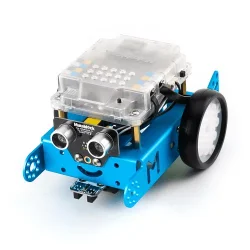
Makeblock offers a range of educational robots and accessories for learning robotics, programming, and AI. From beginner-friendly mBot to advanced CyberPi, their products provide hands-on STEAM experiences for all ages, helping students unleash their creativity in an engaging and accessible way
Hape – STEAM
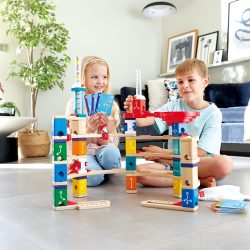
Hape offers high-quality, sustainable wooden toys that inspire creativity and learning, from classic blocks to STEAM toys. Their products promote cognitive development, motor skills, and social interaction. Hape toys spark curiosity and provide endless fun, with a focus on safety and environmental responsibility.
Potential City - Amazing Toys
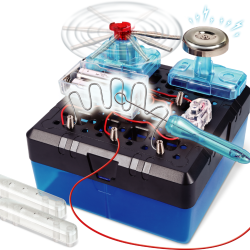
CONNEX® “connects to the next” offers a range of products that teach building skills and have unique functions. Children can collect and connect the products to create new functions, providing an exciting and discovery-filled learning experience.
Voyager Summer Camps – AI, Coding x Science
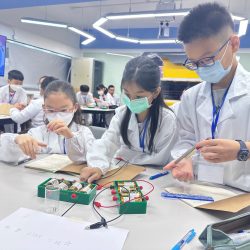
Join Voyager Education STEAM.org accredited camps: Wonderlab: Little Explorers (5-7), Wonderlab: AI Coding Science Adventures (8+), and Summer Tech Camp (Python & AI). These programs enhance skills in science, coding, and technology, offering a fun and enriching learning experience for all ages.
